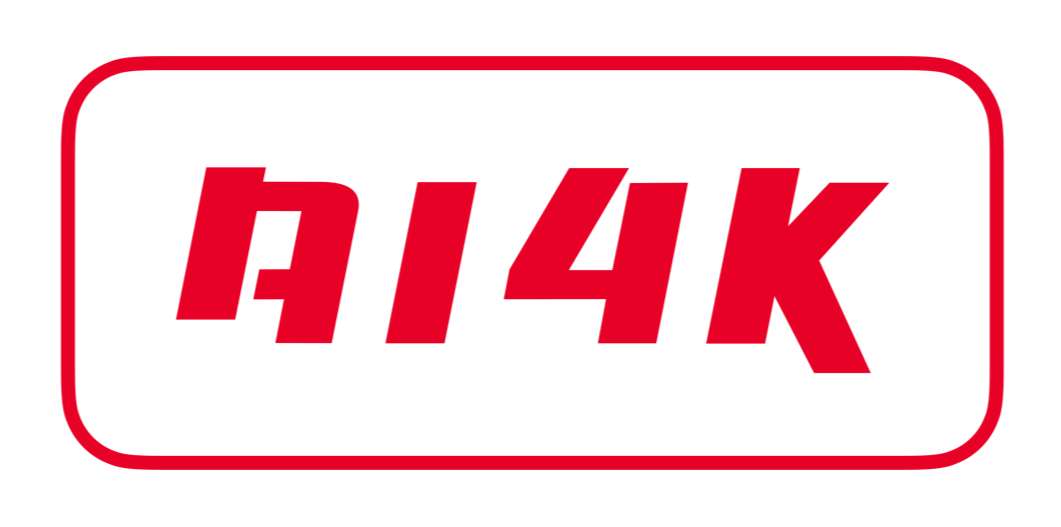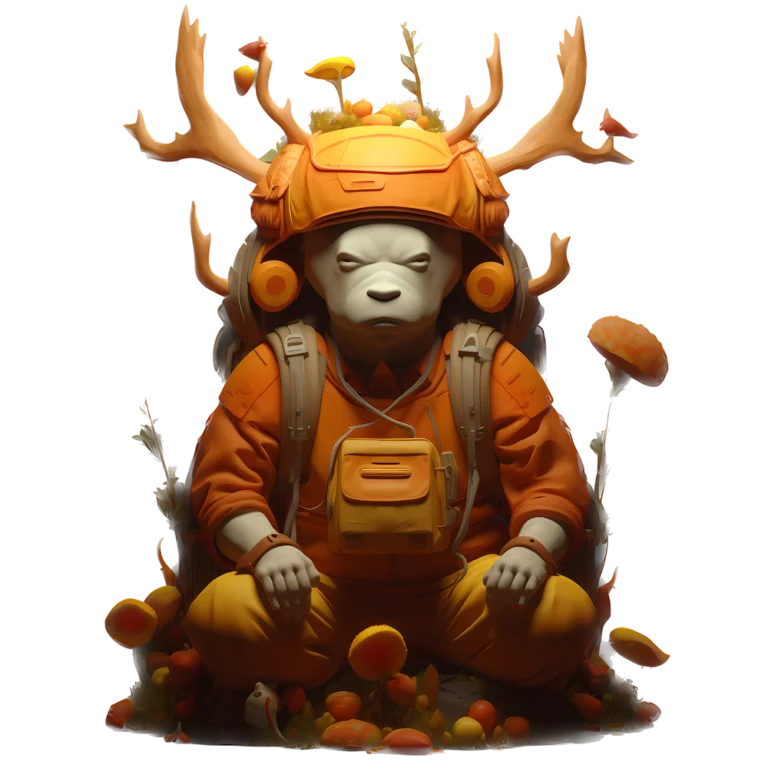What is Sora?
Sora is a cutting-edge AI model developed by OpenAI that can create realistic and imaginative videos from written instructions.
It can generate videos up to one minute long with high visual quality and following the user’s instructions.
Sora is still under development and has not yet been made public, but it has aroused great interest for its possibilities.
Sora: Potential Applications
With its impressive capabilities, OpenAI Sora opens up a world of exciting possibilities across various domains. Here are some potential applications:
Creative Industries
Movie Trailers & Short Films
Create visually stunning trailers or short films based on scripts or storyboards, aiding filmmakers in pre-visualization and concept development.
Animation & Visual Effects
Generate intricate animations or add special effects to existing videos, potentially revolutionizing traditional workflows.
Personalized Content Creation
Develop personalized video greetings, ads, or social media content that resonates with individual audiences.
Education & Training
Interactive Learning Materials
Design engaging educational videos with simulations, experiments, or historical reenactments to enhance student understanding.
Personalized Training Simulations
Create custom training simulations for professionals in various fields, offering immersive and adaptable learning experiences.
Accessibility Tools
Generate video versions of text content for improved accessibility, catering to individuals with visual impairments or learning difficulties.
Science & Research
Data Visualization & Communication
Communicate complex scientific concepts or research findings through visually captivating videos, facilitating wider understanding and dissemination.
Prototyping & Design Exploration
Rapidly visualize and iterate on scientific models, experiments, or product designs, accelerating innovation cycles.
Virtual Reality & Augmented Reality
Generate realistic 3D environments or objects for VR/AR applications, enhancing user experiences and expanding educational, training, or entertainment possibilities.
Other Sora Applications
Marketing & Advertising
Create targeted and engaging video ads with personalized elements, leading to more effective marketing campaigns.
Product Design & Development
Generate prototypes or visualize product concepts within realistic scenarios, aiding in design evaluation and user testing.
Gaming & Entertainment
Develop dynamic and immersive game environments or create realistic characters with complex behaviors, enriching the gaming experience.
However, it’s crucial to acknowledge potential ethical concerns:
Misinformation & Deepfakes
The ability to generate highly realistic videos carries the risk of creating deepfakes and spreading misinformation. Responsible development and usage are essential to mitigate these risks.
Bias & Discrimination
AI models can perpetuate existing societal biases present in training data. Careful data selection and mitigation strategies are necessary to ensure fairness and inclusivity.
OpenAI Sora offers immense potential for various applications, but responsible development and use are paramount to ensure positive societal impact.





